1-in-1,000-years
Tragically, every year hurricanes and torrential rains lead to extensive flooding around the world, devastating countless countries, states, communities, households and individuals. However, more news reports are leading with titles like “1-in-1,000-year flood,” which equates to a 0.1% chance of happening in any given year.
In 2022, SIX such “rare” flooding events occurred across the U.S. in the span of one month, submerging parts of Illinois, Missouri, Texas and Kentucky, as well as both Death Valley and Yellowstone National Parks.
It seems meaningless compared to the lives lost, but it has been reported that up to 1 million vehicles are destroyed in each major flood event. Images of submerged vehicles quickly circulate the internet in each catastrophe’s wake. Floods are merciless and heartbreaking, but especially so on the massive scale we’ve been seeing in recent history.
1 million cars
There are many enthusiasts who scour automobile auctions for cheap used cars, perform any minimal repairs to get them operational, then resell them. If you’ve pondered why a non-franchised dealer is advertising luxury cars for less than $10,000 — they’ve probably been underwater.
There’s a good reason insurance companies document flood-damaged total loss payouts as salvage title vehicles. Due to the destructive effects of flooding on all parts of the vehicle, it’s best to keep them out of unsuspecting consumer hands.
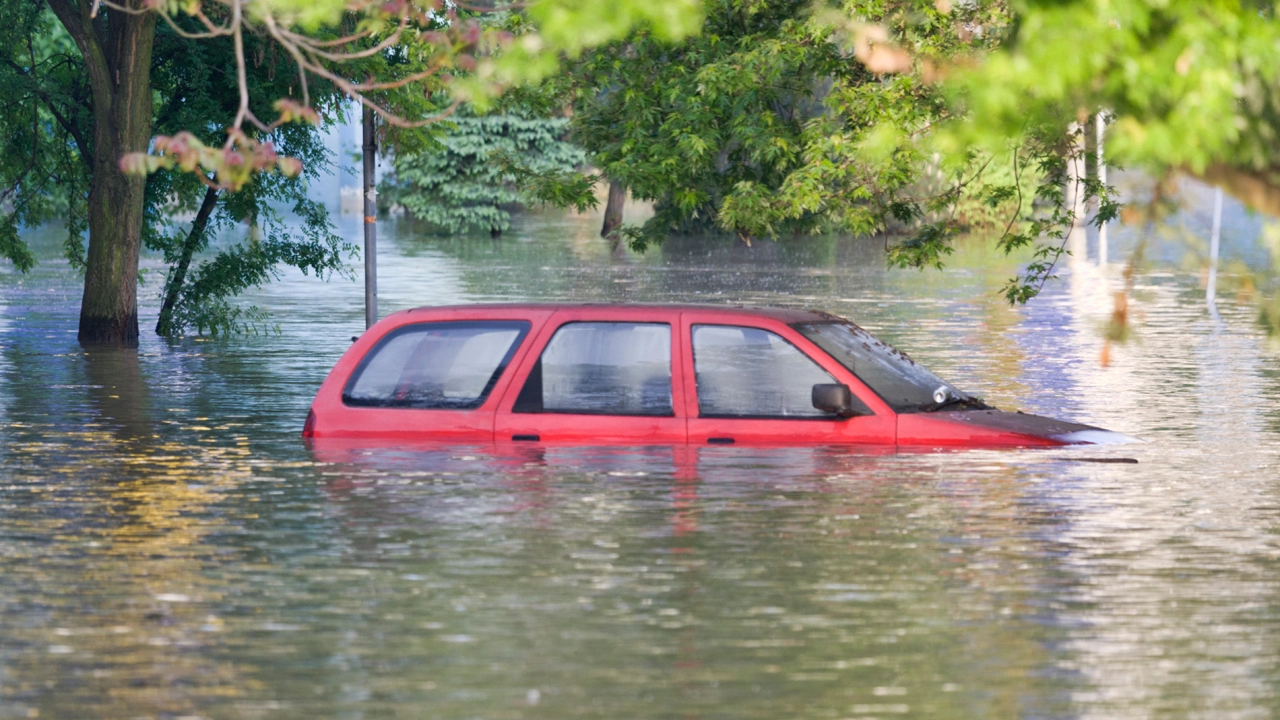

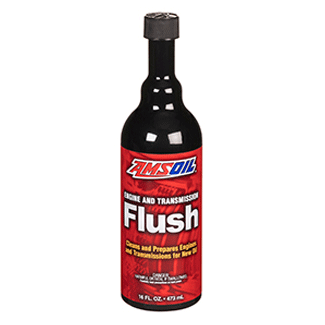
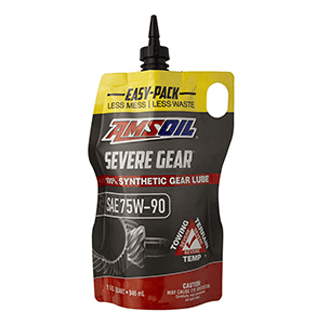
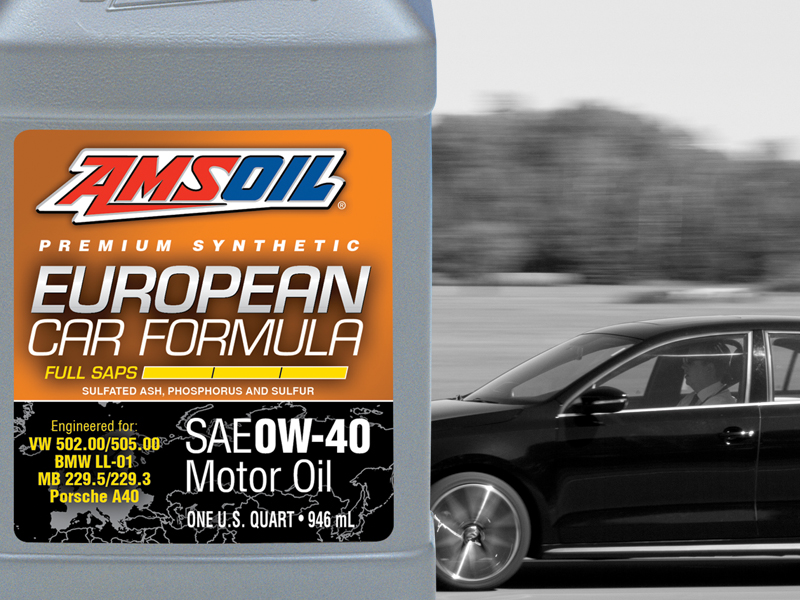


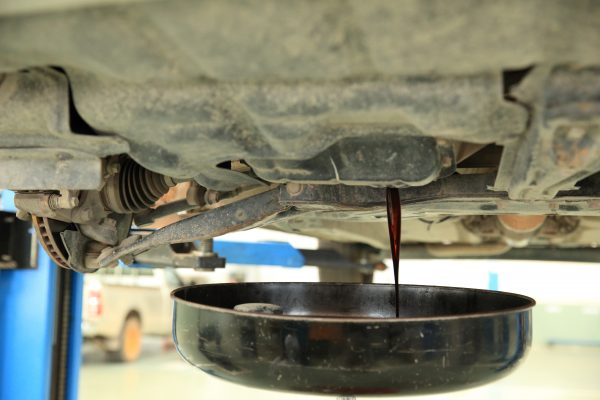
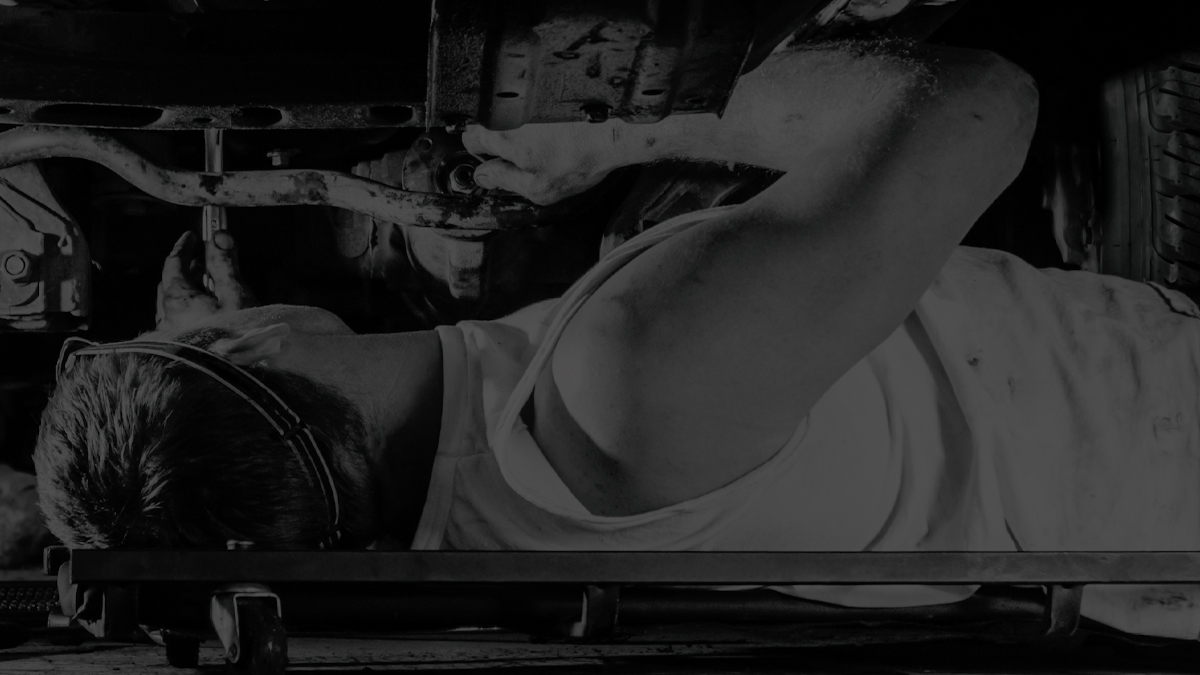
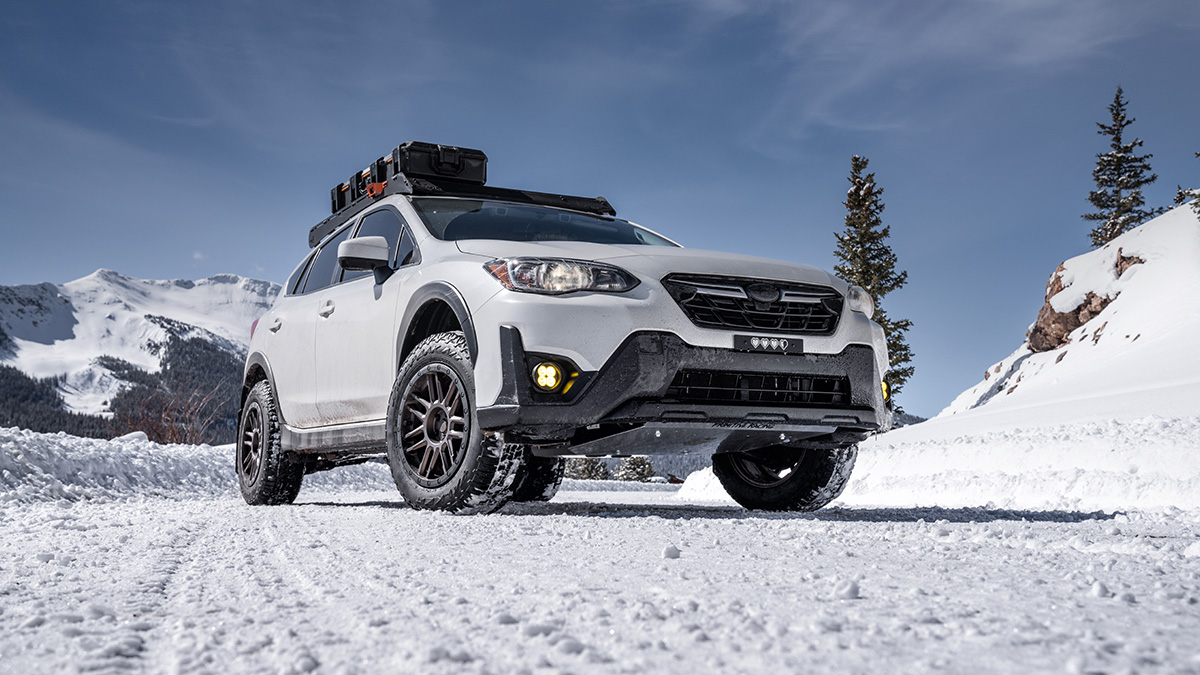

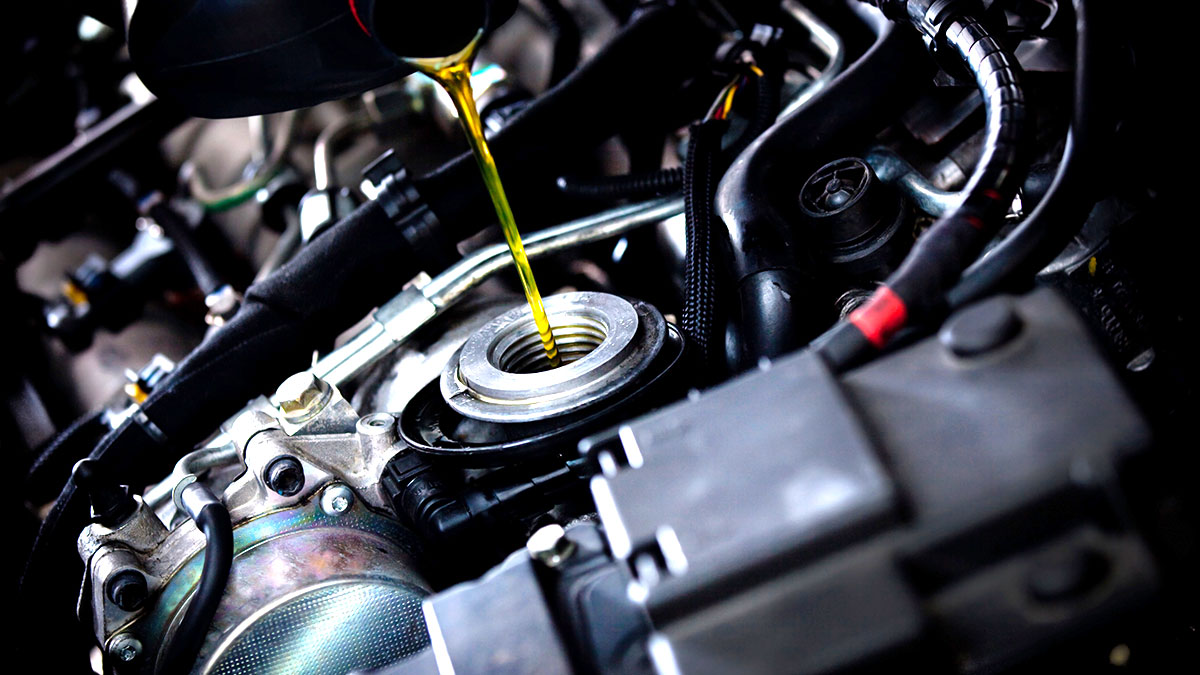
Comments
AMSOIL Technical Writer and 20-year veteran of the motorcycle industry. Enjoys tearing things apart to figure out how they work. If it can’t be repaired, it’s not worth owning.
Share: